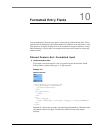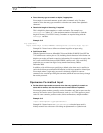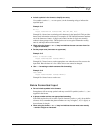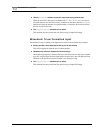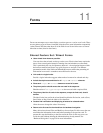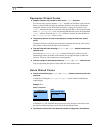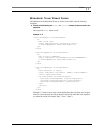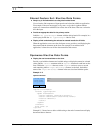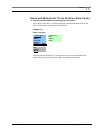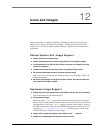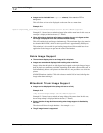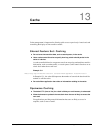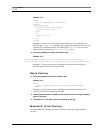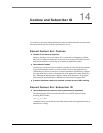
Forms
11
62 Genie Application Style Guide February 2001
Shared Feature Set: Elective Data Forms
■ Always try to find alternatives to using elective data forms.
Use a wizard to link sequences of input queries and selections within an application.
For example, if the user must supply a city, state, or zip code in a phone number
search, use a menu from which the user selects one of the three. Then use a wizard to
elicit the input.
■ Provide an appropriate label for the primary action.
Label the <do type="accept"> element with the desired result. For example, in a
search query, define the
<do type="accept"> label as Find.
■ Display a final card showing the selected or entered results for all fields.
When the application saves users data for future access, provide a card displaying the
data entered and the elements on the form. For example, in an address book
application, it shows the user all the data entered for that contact.
Openwave Elective Data Forms
■ Display the user’s entered data on the form.
Provide a card with the elements and variable strings to display the entered or selected
values. Build a
<select> statement with an <option> element for each item on the
form. Within the
<option> element, use the <onpick> action to access a second
card containing either a
<input> or <select> element (as desired). Include the
name of the
<input> or <select> element in the text associated with the option.
Example 11-3
Openwave Browser
<option title="edit">
<onevent type="onpick">
<spawn href="#fin">
<setvar name="f" value="$(f:noesc)"/>
<setvar name="label" value="First name"/>
<receive name="f"/>
<catch/>
</spawn>
</onevent>
First name: $f
</option>
Example 11-3 shows how to add a variable string to the end of a menu item to display
the entered data to the user.
1 First name: John
2 Last name:
Doe
3 Zip: 92109
Find Edit




